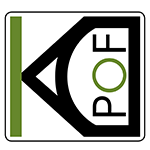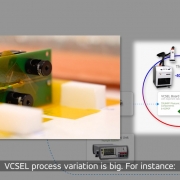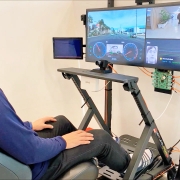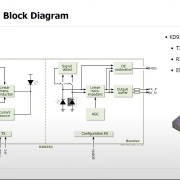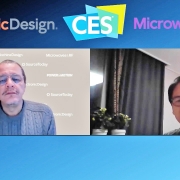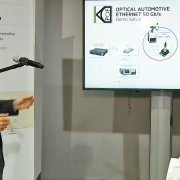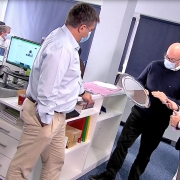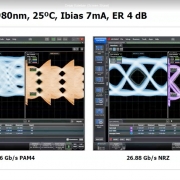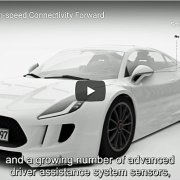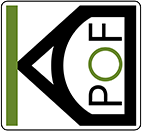Spain had approved the Strategic Projects for Economic Recovery and Transformation with an important invest in microchips and technology companies. It is essential because we have in Spain some companies that create technological and electronic components and equipment but depend on Asia for manufacturing since they don’t have the capacity to produce microchips on their own. The project PERTE will invest an important quantity of Euros to help these companies for manufacturing. As Carlos Pardo stated in the interview, it could get an important growth in these small companies and also attract private invest resulting in a general economic growth.
Report by Soy-de TV – Interview with Carlos Pardo: Soy-de TV talked to our CEO about the semiconductor factory he wants to set up in Tres Cantos. Read more
This video about automotive multi-gigabit optical connectivity presents the standardized solution under development by KDPOF to reach a 50 Gb/s bit rate over 40 meters of wiring harness. In the process, we’ll comply with the hardest OEM’s EMC specs, and meeting all automotive requirements in terms of operational temperature, reliability, ageing, mechanical loads, chemical loads, dirtiness and harsh environments in general. And all this with outstanding low power and low cost. Please, follow us to the KDPOF labs and we’ll show you a demo of our multi-gigabit solution: 50 Gb/s optical transmission for automotive.
At the recent CES 2022, Funzin and KDPOF have jointly presented their optical in-vehicle network solution for autonomous vehicles. Funzin, software development and edge AI solution company, have implemented KDPOF’s KD1053 PHY IC and integrated KD9351 FOT (fiber optic transceiver) in the new Funzin AIoT Platform “FAIP 3.0” and Edge AI Device “Photon” for automotive. Read more
At the recent Members New Product Release Event by EPIC (European Photonics Industry Consortium), César Esteban has presented our integrated KD9351 FOT that reduces cost for gigabit connectivity, thus providing efficient optical technology for safe backbone and ADAS sensor links in vehicles.
Read more
Alix Paultre, editor of Electronic Design, has talked with Kenny Yoon, Business Development Manager for South Korea and India at KDPOF, about using optical networking to empower advanced automotive functionality. KDPOF provides innovative high-speed optical networking for harsh environments. Making gigabit communications over fiber optics a reality, KDPOF technology supplies 1-Gb/s plastic optical fiber (POF) links for automotive, industrial, and home networks.
KDPOF has displayed their high-speed connectivity solutions for the communications in vehicle data networks at the IEEE SA Ethernet & IP @ Automotive Technology Days from November 3 to 4, 2021 in Munich, Germany, and online. Optical connectivity perfectly solves the electrical challenges and interference in vehicles thanks to its low weight, low cost, and electromagnetic compatibility due to inherent galvanic isolation. Read more
Report by RTVE: The Madrid-based company KDPOF, based in Tres Cantos, will put chips on the market in 2024. The shortage and the EU’s commitment to attract the technology industry, a business opportunity.
Spanish Company Willing to Manufacture Chips ‘Made in Spain’ in the Midst of Supply Crisis
There is a shortage of chips, that’s a fact. The causes of this supply crisis are diverse: distribution problems stemming from the pandemic, increased demand and even geostrategic issues. But experts agree that one of the most influential factors is the enormous technical complexity behind the manufacture of each chip. Read more
At the virtual Wire Harness Congress (Bordnetz-Kongress) by WEKA Publishing on September 22, 2021, KDPOF displayed the status of optical multi-gigabit connectivity in vehicles. In their presentation, Juergen Schachtschneider, Automotive Manager Central Europe & Greater China, and César Esteban, Applications & Support Manager, proposed a complete optical communications system, which is under development by KDPOF and their industry partners.
Read more
Connected cars are being equipped with increasingly sophisticated systems such as high performance computers, a growing number of ADAS sensors including hires cameras, radars, lidars, and HMIs such as 4K screens and head-up displays. Thus, data rates go up to 20 Gbps. In addition, highly electrified powertrains imply electromagnetic interferences. Watch our video and learn how optical connectivity solves these issues and moves high-speed connectivity forward.
